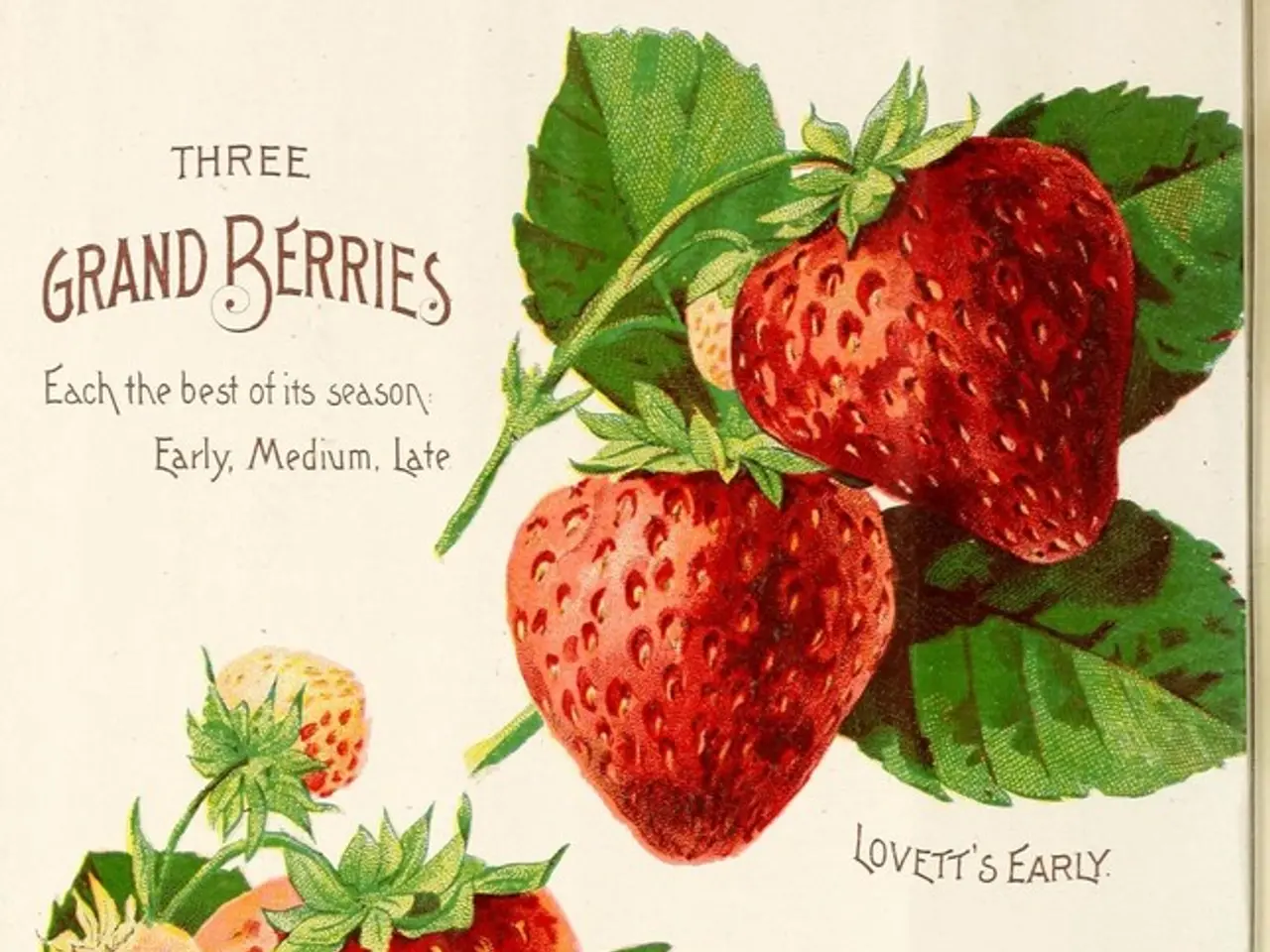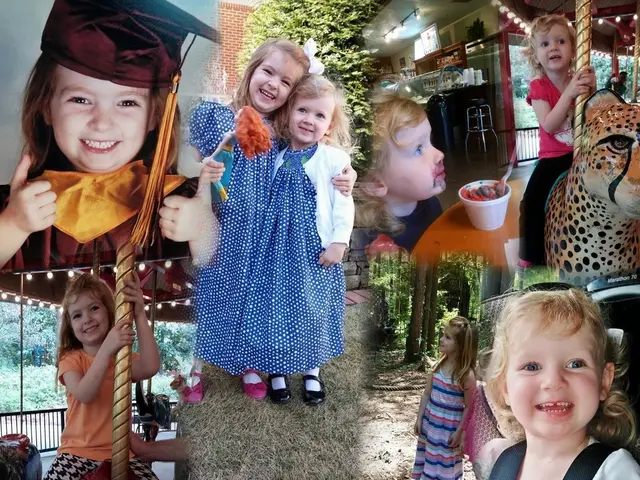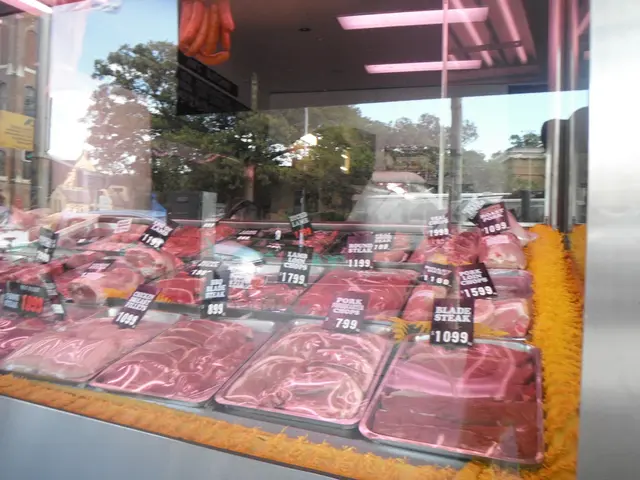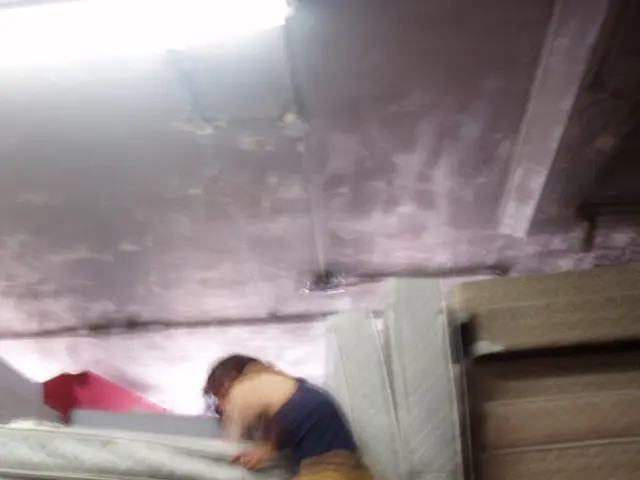Cultivating Liberties in the Boggiano Tree
In the heart of Turin, the Guido Costa Projects gallery is currently hosting an intriguing installation by Cristiano Berti, a professor at the Academy of Fine Arts in Macerata and a visual artist. The installation, titled "But it's still around, isn't it?", explores the history of the Boggiano family, a Cuban family with roots deeply entwined in the struggles and triumphs of emancipation.
Berti's work on the Boggiano family spans over five years, delving into their memory, roots, oppression, freedom, passion, and research. The artist was motivated by a personal and artistic interest in uncovering lost or hidden histories, particularly the Boggiano family's roots in Cuba and their journey towards freedom from slavery.
At the centre of the installation is Antonio Boggiano, a merchant and landowner born in Savona in 1778 and who died in Cuba in 1860. Berti traced the steps of Antonio Boggiano and studied the development of the Boggiano family tree, revealing that Antonio owned a coffee plantation in the 1800s, where he had 51 African men, 58 African women, 57 creoles, and 67 creole women as slaves.
The Boggiano surname, once a stigma, is now a symbol of freedom for those who carry it. The first slave to request freedom from Boggiano was María de Jesús Boggiano, who paid 500 pesos in 1822. Other slaves who followed suit in seeking freedom included Felipe, Teresa, Esteban, and many more. Slaves on Boggiano's plantation could regain their freedom by paying a sum of money, a practice recorded in ancient notarial books of Trinidad.
The installation also includes a 35-minute video shot in Polo Viejo, where the former village has been largely overtaken by dense vegetation. Berti filmed the faces of some of the many Boggiano he spoke to and the environment they live in, providing a poignant visual narrative to the family's history.
The Boggiano family, who have proliferated in Cuba, have their names, birth and death dates, and photographs displayed in the installation. The most recent addition to the installation is from 2023. The footage of the Boggiano and their environment is available in the gallery.
Berti's research culminated in a book titled Eredi Boggiano, published by Quodlibet in 2022. The installation on two walls in the Guido Costa Projects gallery in Turin serves as a testament to Berti's dedication to shedding light on overlooked histories and honoring the endurance of those who fought for their freedom.
- Berti's work on the Boggiano family, spanning over five years, not only delves into their history but also influences his lifestyle and home-and-garden, as the history of the family and their fight for freedom becomes an integral part of his home and the subjects he chooses to create.
- The Boggiano family's history, now a symbol of freedom, is a testament to their resilience and struggle, transforming not only their lifestyle but also inspiring future generations, encouraging them to work towards their own liberty and rightful place in society, much like the Boggiano ancestors did.




